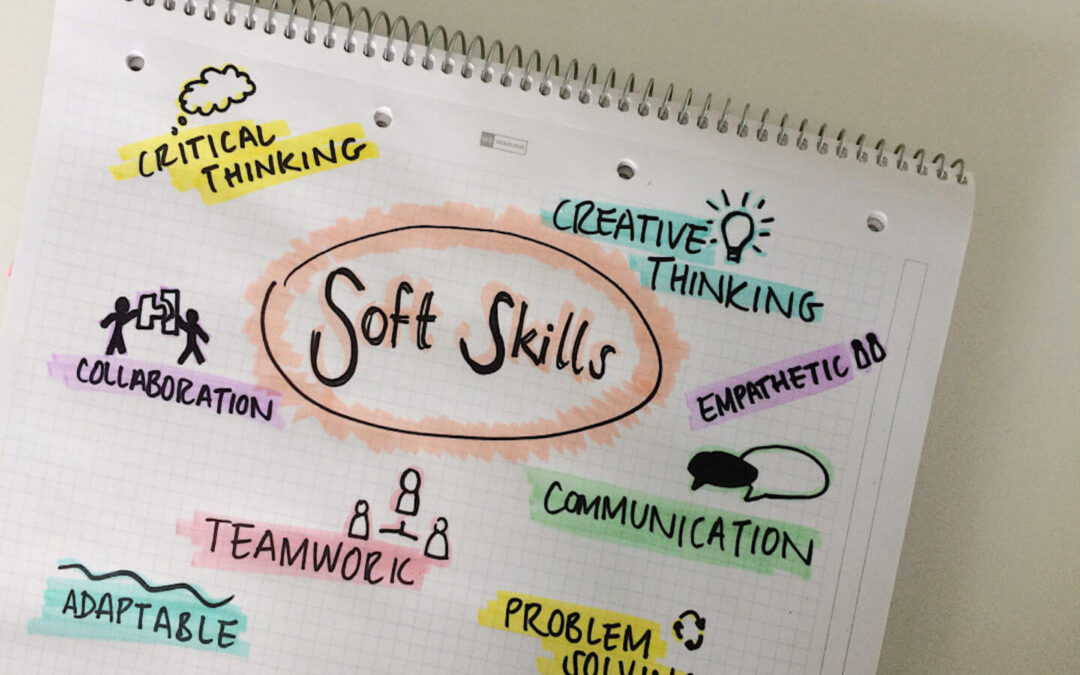Looking into these programs, much of the focus is on the hard skills required in a digital economy – coding, the STEM disciplines. This matters greatly, but we also must acknowledge that a fundamental fluency with digital tools is only half of it. Digital and social technologies create the environment for new ways of working – with profound implications for decision-making, teamwork, and leadership practices. We need to make a hard commitment to developing these “soft” skills if we are to realise the promise of more adaptive, future-fit organisations.
Think Animation Sessions, Not Passive Learning
Richard Saul Wurman, the American architect and graphic artist, reminds us: “Learning is remembering what you are interested in.” We become interested in something when we experience it. That’s why the most effective digital courses are both intellectual and kinetic – one remembers a coding lesson because she built her own app. Companies need a similarly active approach to teaching the soft skills. For example, in our experience, the best way to develop new digital leaders is by giving motivated employees the tools to enact change within their part of the organisation.
We have thought extensively about the practical ways to start every employee on the journey to digital ways of working. Our research and client work has led us to an approach that melds guided learning with hands-on design sessions. In this environment, people are both exposed to the art of the possible and also directly involved in designing the elements of a digital-first firm – including new structures, practice, culture, and leadership. If you would like to learn more about how to create an action-oriented learning curriculum based on animation sessions, then please let us know!
Some further reading on digital skills:
- Skills trees: a magical mix of game mechanics, professional growth, and business needs
- New apprenticeship programmes prepare employees for jobs of the future
- 39 books that boost your decision-making skills. I use the frameworks from Chip & Dan Heath’s Decisive daily
- The skills necessary for highly effective teams
- The benefits of teaching leadership skills from the bottom up

